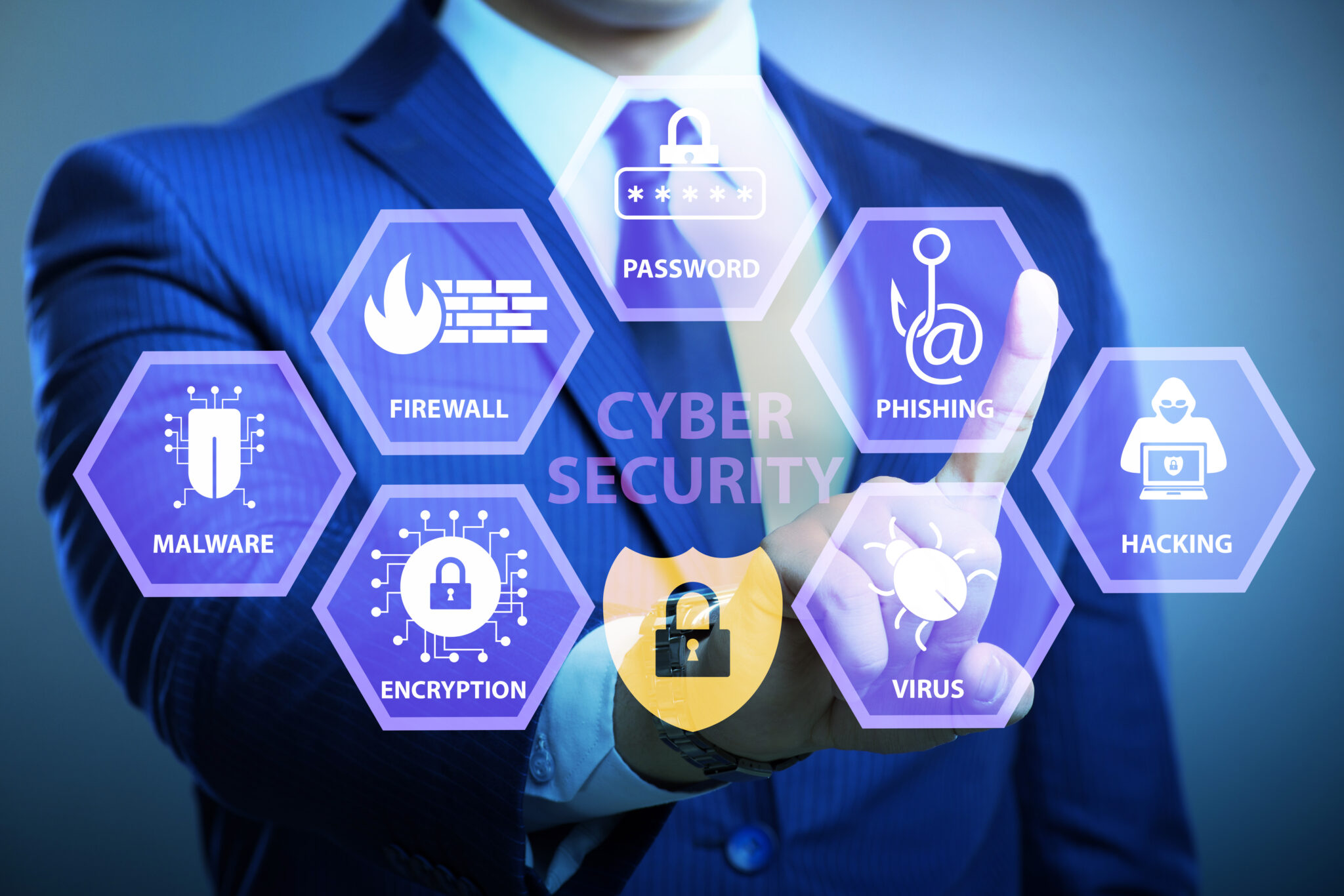What SMBs Need to to Understand regarding Cybersecurity & IT Management

In today's digital environment, tiny and mid-sized companies encounter an increasing number of cybersecurity risks that can jeopardize their functions and reputation. As we rely more heavily on tech and the internet for daily activities, understanding how to defend your company from these risks is essential. Cybersecurity should be a top priority for every business, no matter its scale. Awareness of frequent threats, such as ransomware and phishing scams, and implementing security protocols can make all the difference in maintaining the integrity of your data and systems.
Moreover, numerous small and medium businesses are adopting outsourced IT solutions to improve their cybersecurity posture while making sure they remain concentrated on essential operational activities. By delegating IT management, businesses can not only conserve time and money but also tap into the skills needed to maneuver through the complex world of cybersecurity. This article will discuss the essentials of cybersecurity and managed IT services, offering perspectives into the strategies that can assist safeguard your business from potential risks and enhance general operational efficiency.
Cybersecurity Principles for SMBs
For little businesses, creating a robust cyber security infrastructure is vital. Cybersecurity should be a top concern, as these entities are often sought out by hackers who see them as simpler prey than more established companies. Small and Medium-Sized Businesses must acknowledge that implementing robust protective strategies can protect private information, preserve client confidence, and prevent potentially harmful economic damage. This involves knowing the most common cybersecurity risks and deploying methods to lessen them.

Among the common risks, ransomware and phishing scams stand out as major risks. Ransomware attacks can paralyze business activities, while phishing fool staff into revealing confidential information. To fight these threats, SMBs should invest in staff training programs to boost knowledge and implement clear procedures for recognizing suspicious activity. Furthermore, utilizing two-factor authentication can strengthen login protection, making it more difficult for illegitimate users to access business networks.
Moreover, utilizing IT managed services can provide SMBs with the expertise necessary to traverse the complicated cyber security landscape. An IT managed services provider can deliver tailored solutions that feature cloud protection, data protection, and routine security audits. This not only saves efforts and funds but also makes certain that organizations remain in compliance with standards. By emphasizing cybersecurity and realizing the vital function of IT collaborators, SMBs can strengthen their defenses against evolving online threats. spintax ### Understanding IT Managed IT Services
The realm of IT Managed Services refers to the practice of outsourcing IT tasks and responsibilities to an third-party service provider. This model enables small and medium-sized businesses (SMBs) to utilize the expertise of IT specialists while focusing on their core operations. By partnering with a MSP, businesses can access a wide range of IT services, including oversight, administration, protection, and assistance, all tailored to address the specific needs.
One of the key advantages of IT Managed Services is cost efficiency . Instead of maintaining an in-house IT team, which can be costly and demanding, businesses can opt for a fixed monthly fee for all-inclusive IT support. https://sidechainsecurity.com/ helps SMBs to allocate their budgets more effectively while ensuring they have access to the most up-to-date technology and cybersecurity measures. In addition, MSPs often provide flexible solutions, meaning that as a business expands, its IT services can evolve accordingly without significant changes to systems or costs.
The relationship with an IT Managed Services provider can also lead to better business efficiency. By offloading routine IT tasks and security management, employees can focus on their primary responsibilities, ultimately boosting productivity and innovation. Additionally, with the constant evolution of technology and cyber threats, an MSP is prepared to keep a business up-to-date with new trends and effective security practices, thus strengthening overall operational resilience.
Fortifying Corporate Safety Measures
To successfully improve business security protocols, companies must emphasize a holistic approach that encompasses both technical approaches and team member training. Implementing effective network security barriers and anti-malware software is essential, but also important is informing team members about possible threats such as phishing scams and social engineering. Regular training courses can help staff identify these risks and respond appropriately, which is crucial since mistakes often has a significant role in security breaches.
In moreover to strong training initiatives, businesses should deploy multi-factor authentication (MFA) to safeguard access to critical data and platforms. MFA adds an extra layer of protection, requiring multiple credentials to verify identity. This easy step markedly reduces the risk of unauthorized access, especially in an age where cybersecurity threats are becoming increasingly sophisticated. Regularly changing passwords and confirming that they follow complex security rules can further enhance security.
Lastly, developing a thorough incident response plan is crucial for equipping companies to respond swiftly to cyber threats. Planning for potential breaches before they occur can reduce harm and repair time. Conducting cyber vulnerability assessments consistently can help spot weaknesses, and adopting strategies to mitigate these weaknesses can strengthen a company's protective measures. By integrating technical solutions, employee training, and thorough preparation, organizations can build a more adaptive security posture against evolving cyber threats.
